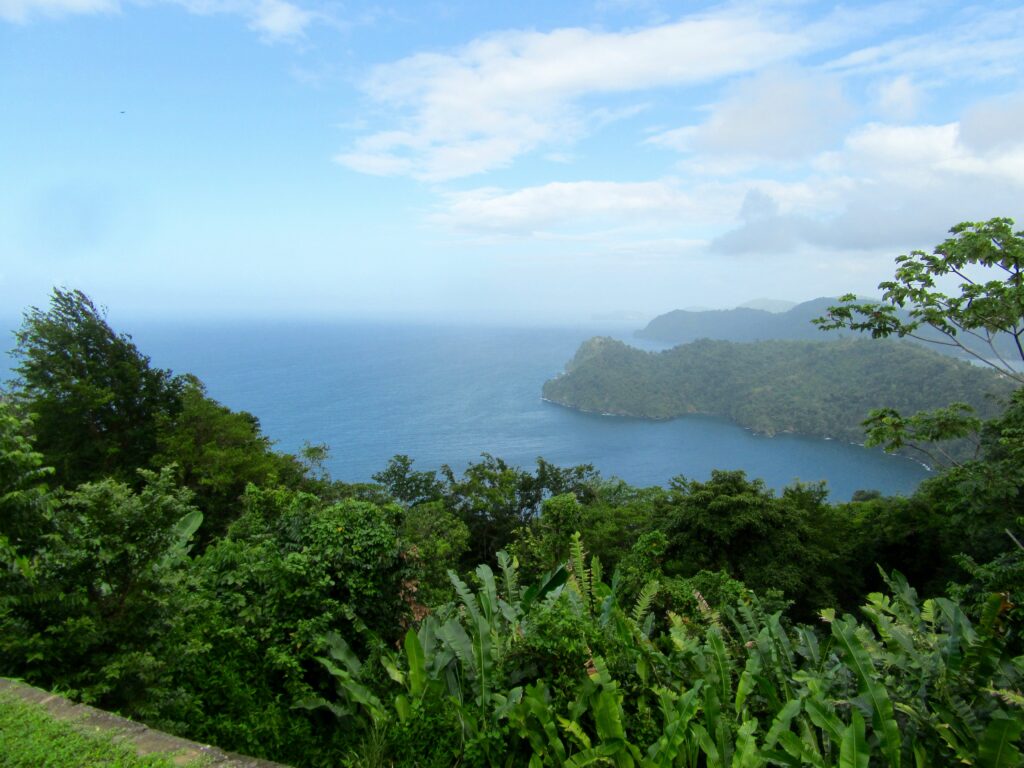
Understanding Sargassum and its Impact on Trinidad and Tobago
If you’ve ever dreamed of basking in the turquoise waters of Trinidad and Tobago, you might have heard whispers about a pesky visitor: Sargassum seaweed. It’s a natural part of ocean ecosystems, but its recent influx has become a concern for beachgoers and local communities alike. This floating algae can wash ashore in masses, transforming pristine beaches into seaweed-covered landscapes—not exactly the vacation snapshot you had in mind.
Don’t worry! We’re going to guide you through the ins and outs of planning your trip to avoid Sargassum landings. Let’s dive in!
Understanding the Timing
First things first: when is Sargassum most likely to show up? While it can appear at any time, you’ll want to pay attention to certain seasons.
Seasonal Trends
The peak of Sargassum season usually aligns with warmer months, particularly from May to October. Think of it as nature’s summer surprise. The seaweed thrives in warmer waters, so during the hottest part of the year, be prepared for the possibility of seeing it.
Conversely, between November and April, you’re less likely to encounter large amounts of Sargassum. The cooler waters tend to help keep those algal blooms at bay. Planning your trip for these months could save you some hassles!
Checking Live Updates
With the dynamism of nature, it’s wise to stay updated as you plan your beach days. Several resources can help you track Sargassum levels in real-time.
Online Monitoring Tools
Websites like Sargassum Forecast provide weekly updates. They indicate Sargassum concentration levels and potential landings, helping you keep tabs on what’s happening. Bookmark that page so you can check it just before you head to the beach!
Choosing Your Beaches Wisely
Not all beaches in Trinidad and Tobago are equally prone to Sargassum landings. Here are some tips on which spots to target for an uninterrupted experience.
Best Beaches for Low Sargassum Risk
Some beaches, especially those that are more sheltered, typically have less Sargassum. For instance, Pigeon Point in Tobago is known for its clear waters and soft sands. You’re likely to enjoy the natural beauty without the unsightly seaweed in sight.
On Trinidad, consider Maracas Beach. Nestled between two lush green hills, it stands as a staple in the island’s beach repertoire, and while Sargassum can sometimes make an appearance, it’s often manageable here.
Avoiding Overcrowded Areas
Another consideration is to avoid heavily trafficked tourist hotspots during peak Sargassum months. Not only do these places face larger volumes of seaweed, but they’re also more crowded with visitors. A smaller, off-the-beaten-path beach can be a delight, offering both clearer waters and peace.
Preparing for Your Trip
Once you’ve set your timelines and chosen your beaches, let’s talk logistics. How do you prep for a Sargassum-free experience?
Packing Essentials
Being prepared can make all the difference! Here’s what to consider:
- Beach Gear: Bring your favorite beach mats, umbrellas, and chairs. Sometimes, the locals may be quick to clear seaweed, but having your comfortable spot makes the day enjoyable.
- Snorkeling Equipment: Sargassum tends to wash up in shallow waters. Having your own gear will let you explore the clear parts of the ocean without the worry of seaweed interruptions.
- Stay Hydrated: Heat can be intense! Water bottles are essential, and why not pack a cooler with snacks? Fresh fruit or local goodies like a pepper sauce might be just the treat you need after a swim.
Arrival Strategies
Arriving early can be advantageous. Reach the beaches before the crowds and get to pick your prime location. Plus, it’s cooler in the morning, making your beach experience that much more enjoyable.
What to Do If You Encounter Sargassum
Even with the best planning, you might still face some Sargassum. Here’s how to adapt your itinerary.
Embrace It
Instead of letting it ruin your day, consider activities that work around Sargassum’s presence. You might find it’s still a beautiful day for beach games, swimming, or simply soaking up the sun! Take some time to enjoy the local culture—find nearby restaurants or markets.
Plan for Alternative Adventures
Have a backup plan in the event that a beach visit isn’t ideal. Explore what else Trinidad and Tobago have to offer! From hiking in the lush rainforest of El Yunque to enjoying a vibrant night at a local rum shop, there’s no shortage of experiences waiting for you.
Conclusion: Your Perfect Sargassum-Free Getaway
So, there you have it! A roadmap in navigating Sargassum landings in Trinidad and Tobago. Being aware of the seasonal patterns, staying updated with forecasts, choosing the right beaches, and preparing thoroughly can help you enjoy your trip to the fullest. Now go ahead, pack that sunscreen, and enjoy the beautiful coastal views—just maybe keep an eye out for that rogue seaweed!
Happy travels!
**Related Reading:** – [Related: How to Plan a Solo Trip on a Budget] – [Related: Top Destinations for First-Time Solo Travelers] **#SoloTravel #Ultimate #Guide #Avoiding #Sargassum #Landings #Trinidad #Tobago #Essential #Travel #Timeline**
